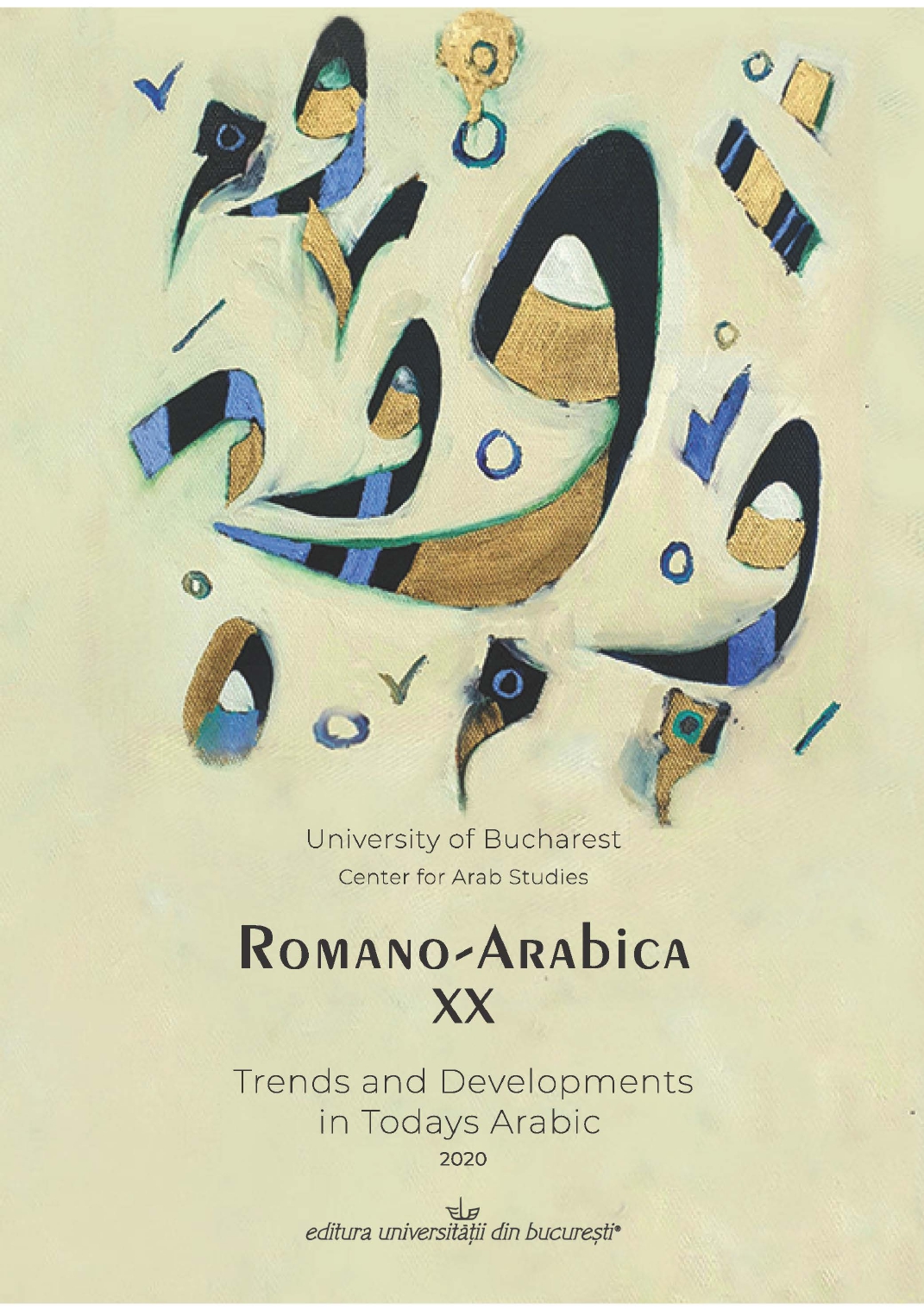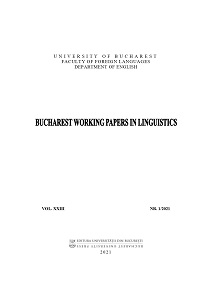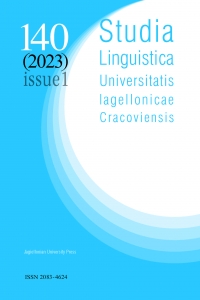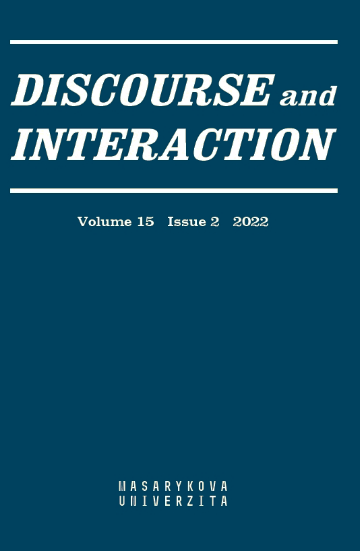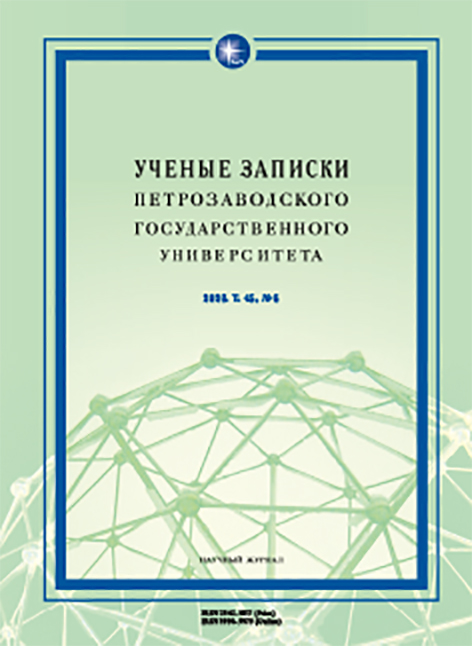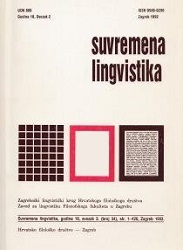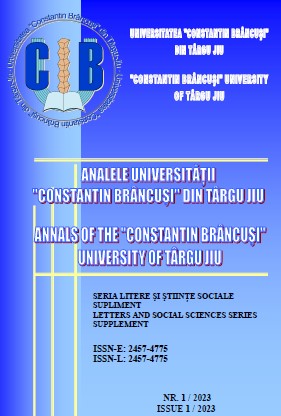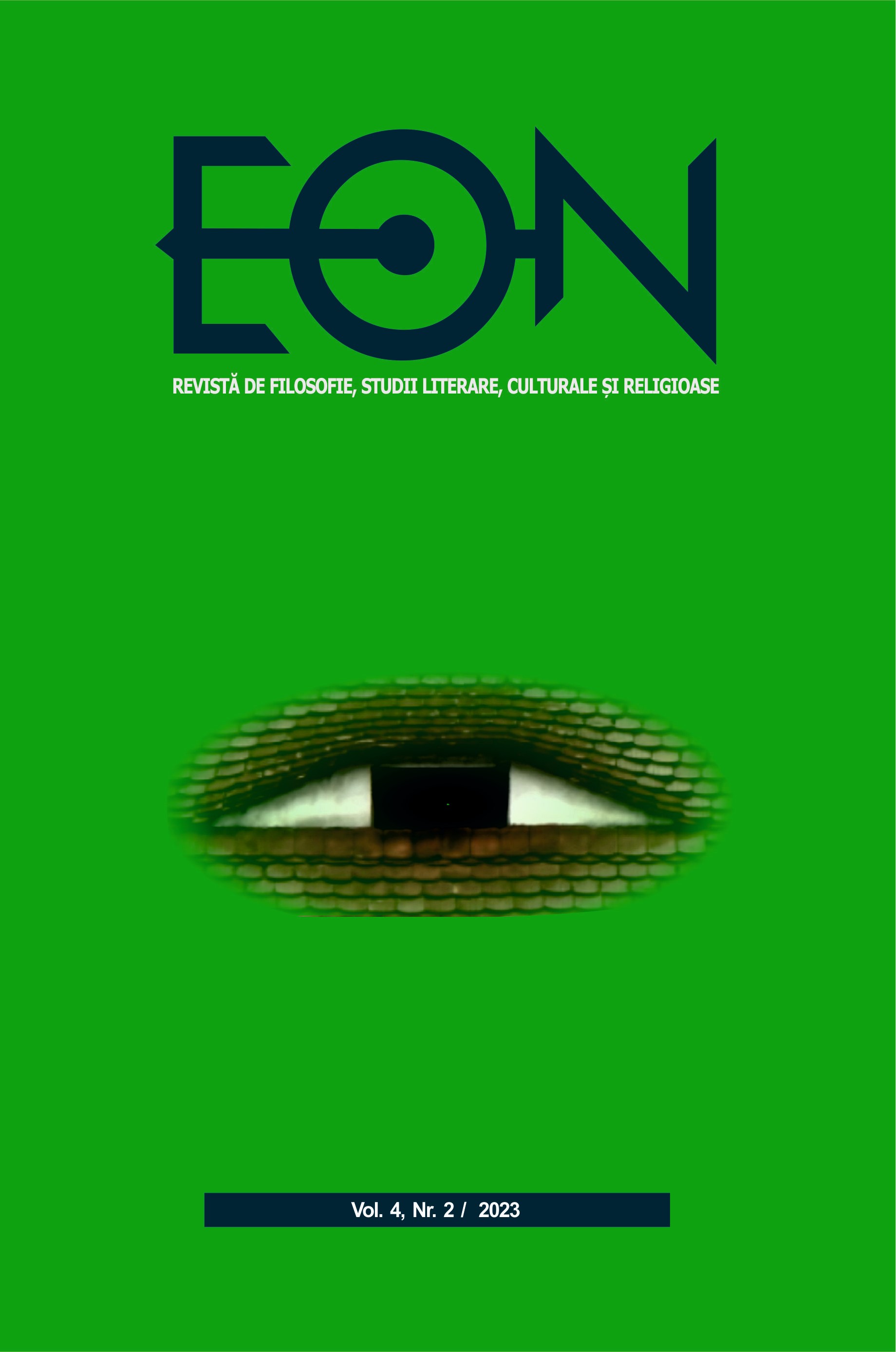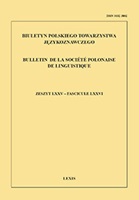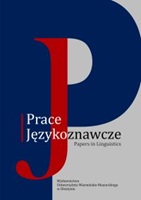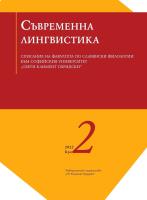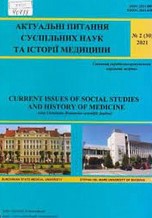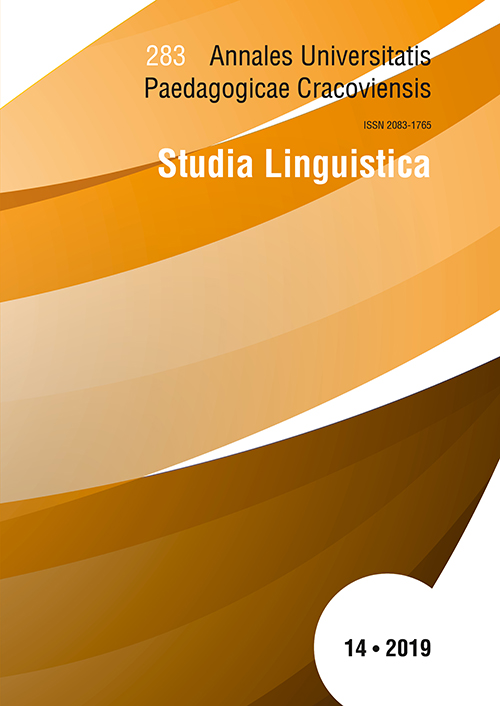
Współczesny potencjał frazeologizmu motywowanego mitem Feniksa
The article aims to present whether and how the phraseme to be reborn || rise (like a Phoenix / phoenix) from the ashes exists today in various texts of culture (recorded after 2000 in the National Corpus of Polish, drawn from the web and elsewhere), how it is present in various registers of communication and whether this petrified lexical unit is undergoing any changes. The analysis is preceded by a cultural introduction into understanding the symbolic power of Phoenix hidden in the phrase, as well as the insights into the systemic (lexicographic) state of the expression and the attempt to establish its source and the approximate time in which it was created.
More...
